Coloful artistic reproduction of a Dorado Gyotaku print by Marine Biologist, Artist and La Paz resident Orso Angulo. The Fish Ranch will only offer Gyotaku prints of species that are eaten and considered a sustainable species or special occasions of a species found and kept for scientific research/ record/ or call for action. The process and product is meant to demonstrate a gratitude and respect for the specimen.
- 13" x 19"
- Laser-print reproduction of an original Dorado print
- Artist signature and red seal
- Mailed in a 2" x 15" cardboard tube mailer
About Orso Angulo
Orso Angulo studied Marine Biology at the Autonomous University of Baja California Sur and obtained degrees of Master of Science and Doctor of Science at the Institute of Marine Biology in La Paz, BCS ( IPN-CICIMAR). During his scientific training he has collaborated with various institutions and has written multiple publications in national and international magazines, and the description of four new species of marine mollusks from Mexico. He manages the installation of sculptural murals authored by Aníbal Angulo, which are located at the Autonomous University of BCS. He is also a member of the Morfos collective and participated in the commemorative mural to the 55 years of INAPESCA, in the Regional Center for Fisheries Research and Aquaculture in La Paz, and "BallenoMorfas", an exhibit of 9 sculptures of Whale Gray. He also participated in the Biennial Sudcaliforniana of Visual Arts (2017, 2021), exhibition “De paso” (2018) and in Fotosensible (2018), “La Orilla de los Sueños” (2021).
Orso's permanent contact with the different marine species and his artistic activity motivated him to investigate the technique of the Japanese art GYOTAKU and being in the small research vessels he gave himself the task of capturing the different organisms that are captured in the fishing nets. This activity led him to hold his first Gyotaku exhibition in 2015 entitled "The Soul of Fish", at the Carlos Olachea State Gallery. Later "Stamps In Time", (2016) and "Confalones" (2017) in La Paz, and in 2018 he presented "IctioSudarium" at the Institute of Biology of UNAM (Mexico City) and “Ictiographies” at NIM (2019).
About Gyotaku
Formed from the Japanese words gyo 'fish' and taku 'stone rubbing', Gyotaku is a printing technique that was born in the coastal towns of Japan at the beginning of the 19th century. The purpose was to record the size and species captured by the fishermen, who covered the fish with ink and pressed on it a piece of rice paper, to reproduce the exact image of the fish. Sometimes this act took place on the high seas, and the fishermen would bring paper, ink and brushes with them, noting the date and place, and in many occasions a poem of gratitude to the nutritious sea for the fruits that offered to men.
Chokusetsu-ho also uses ink on Japanese paper or cloth, and is the closest to the original method, practiced by the fishermen before the process became a more delicate art. The ink is applied in the direction of the scales and then covered with paper or cloth and gently rubbed with the palm of the hand, always in the same direction, from head to tail, to finally get "the fingerprint "of the fish (its size, silhouette, the texture of the scales, the shape and transparency of its fins).

